Leica Summilux 1.4/35mm "Steel Rim" vs. Voigtländer Nokton 1.4/35mm Classic - Quick Review - Christian Doffing
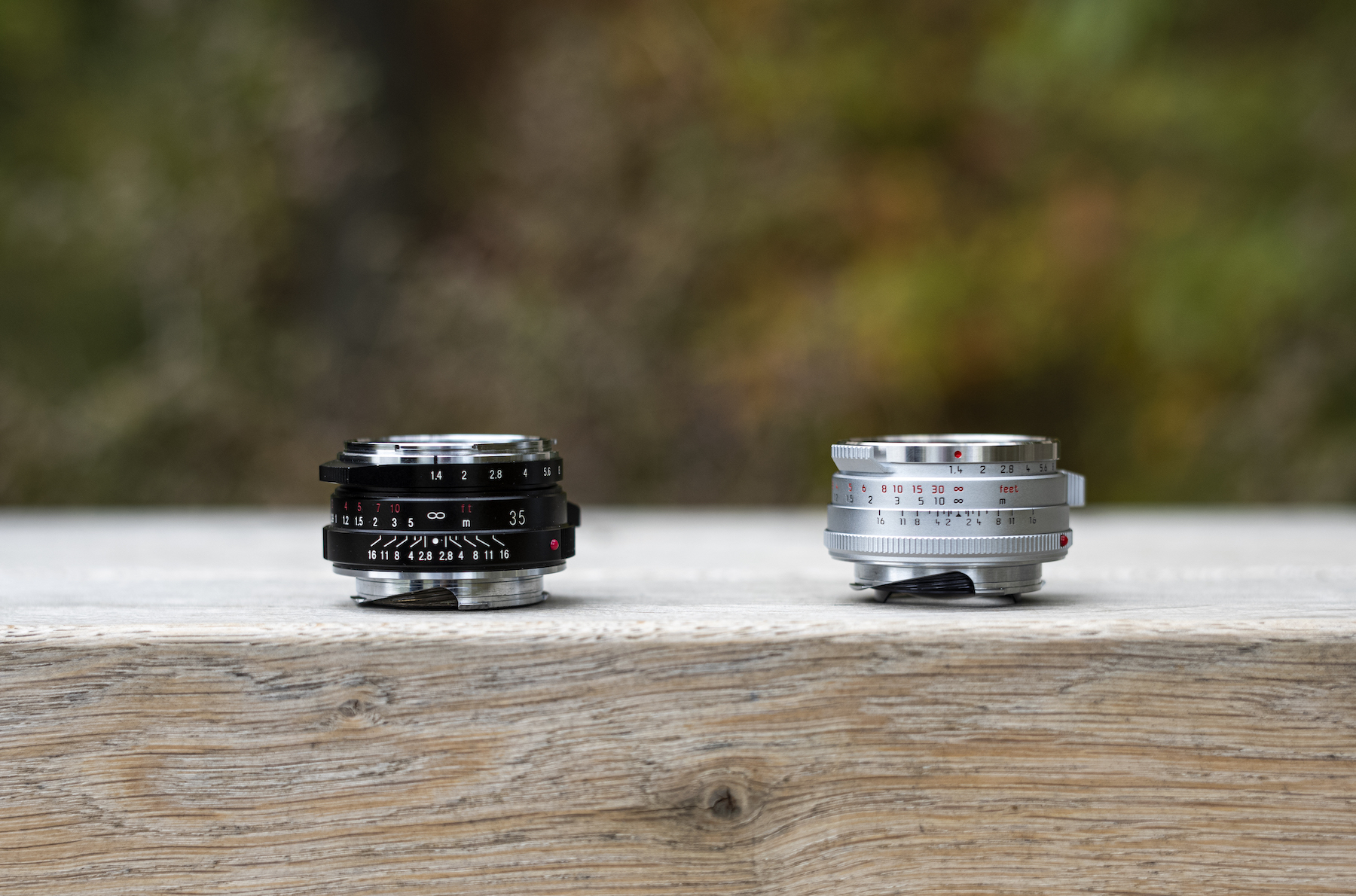
A view days ago, Leica launched the remake of the Summilux 1:1.4/35 “Steel Rim”, which originally was produced between 1961 and 1966. The optical construction was used much longer, until 1995, which made this lens one of the longest ever produced. Now there is an official remake of this lens, with a slightly bigger filter thread, but the differences between the old and the new one could be a whole extra article.
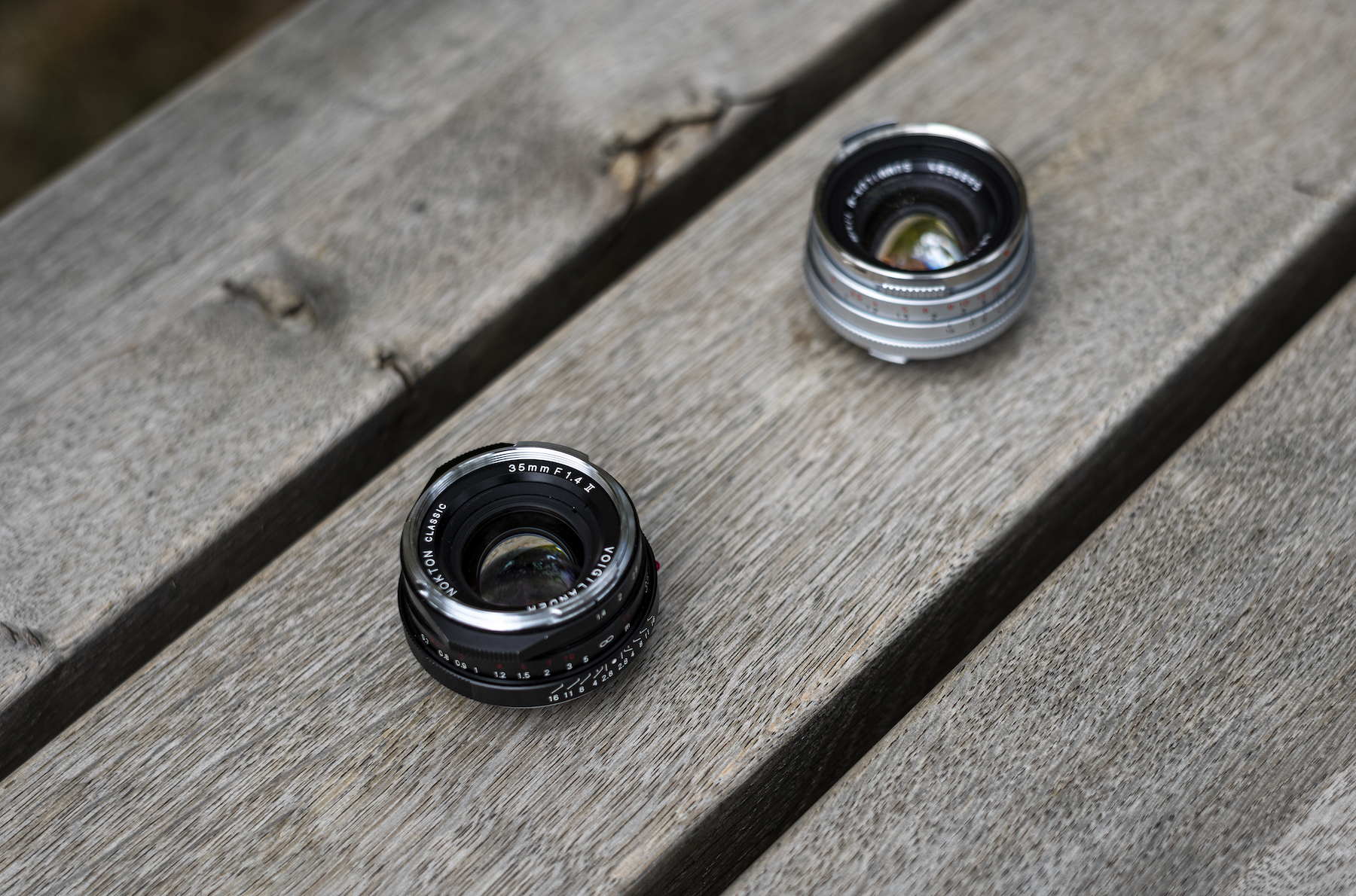
Shortly after the publishing, I had the chance to test one of the lenses and compare it against the Voigtländer Nokton classic 1:1.4/35. The appearances are similar, and if you compare the optical construction, they may be one and the same. But do they render the pictures the same way?
Because I didn’t have much time, I only took some pictures in the forest nearby the store:

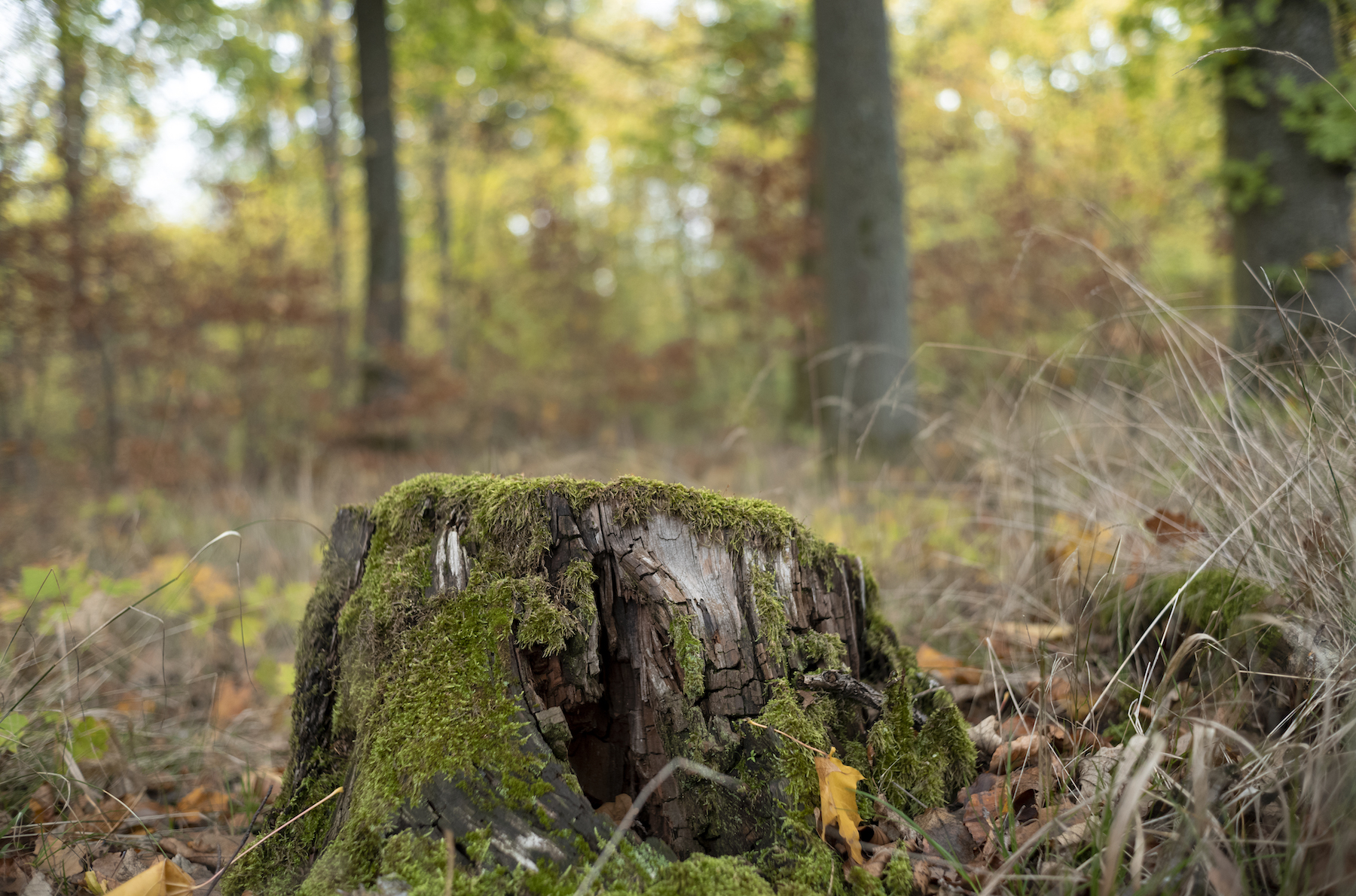
Summilux 1.4/35mm "Steel Rim" at f/1.4 and f/2.8 at 1m
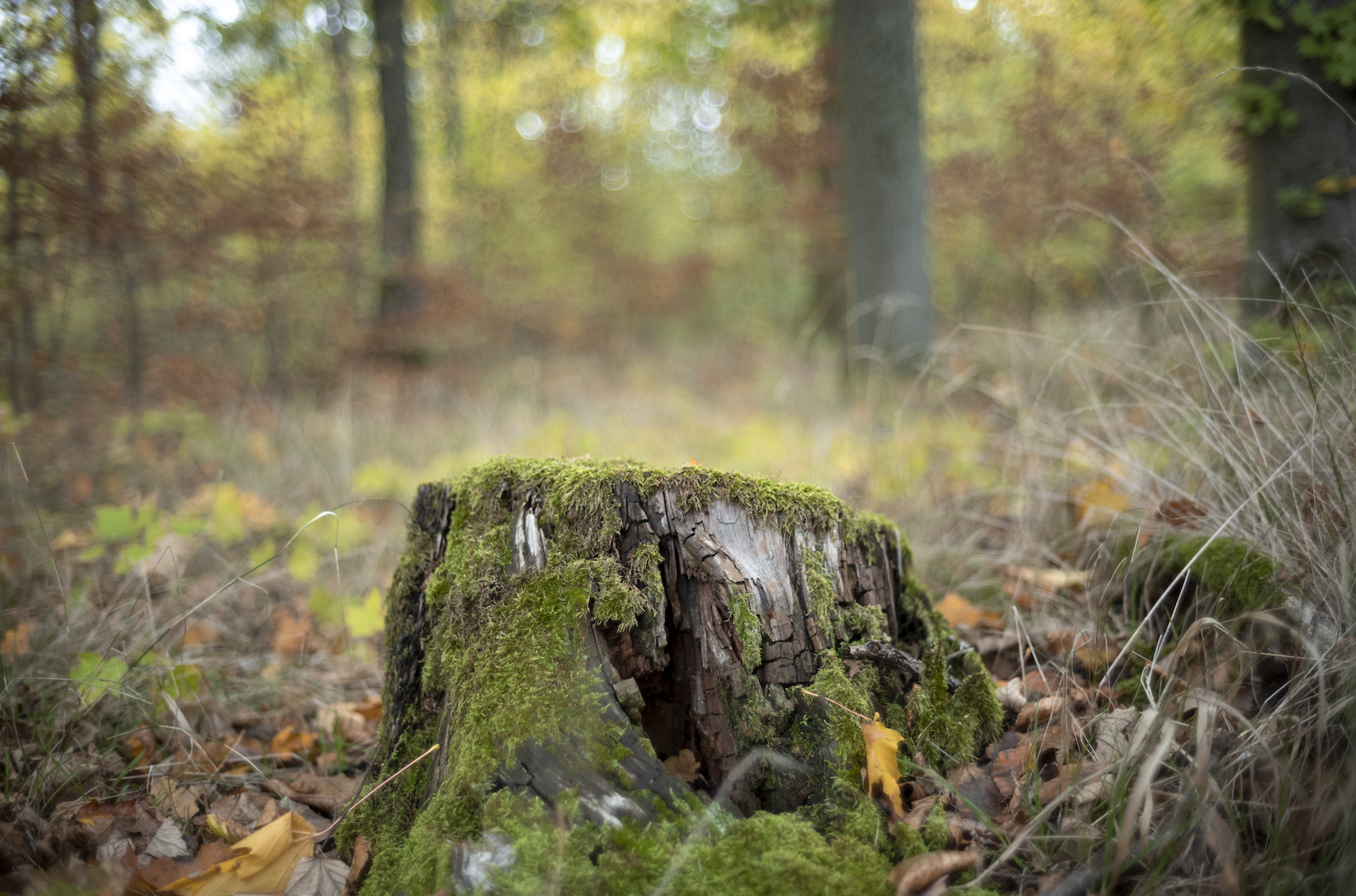

Voigtländer Nokton 1.4/35mm Classic at f/1.4 and f/2.8 at 1m
At first sight, both lenses render images very similar. Both have the typical glow and a slightly swirled bokeh. If you look closer, you can expect some small differences.
The biggest difference is the close focus of 1m at the “Steel Rim”. The close focus of 0.7m of the Voigtländer allows you to get much closer to your object and it renders bigger bokeh circles at close focus distance. But if you compare them at a similar distance, the bokeh circles of the Summilux are slightly bigger than these of the Voigtländer. One other difference is the way the lenses handle highlights. On the day I made these shots the sky was very cloudy, and no direct sunlight hit the scene, so the overall light was very smooth and soft. But if you look at the Summilux, it renders much more glow into the highlights than the Voigtländer., in my opinion a little bit too much. At f 1.4 the lens is extremely creamy and soft, which wouldn’t be as much of an issue with a film camera as it is with a M10-R.
Film is more forgiving than a digital sensor, especially with so many pixels. If you stop down at f2.8, both lenses are incredibly sharp and fully useful on a digital M.
In conclusion, I think the “Steel Rim” is a nice addition to the classic portfolio of Leica lenses, like the Thambar or the Noctilux f 1.2, but not as expensive. The lens isn’t a limited edition, so the price of a new one is less than 4000€. For a Leica-Lens, especially with an aperture of 1.4, that’s a very good price. But if you look at the Voigtländer, which does it’s job extremely good, if not even better than the Summilux, I wouldn’t buy the “Steel Rim”. If you are one of the lucky people who got a new M6 or if you use other analogue M cameras, it could be a nice addition to your everyday gear. So even if the XXX looks quite nice, is well built and gives you the feeling of a piece of history, it seems like a nice product for Leica users specifically looking for this kind of thing. Still, there may be similar – and less expensive - products by other companies doing the job just as well.
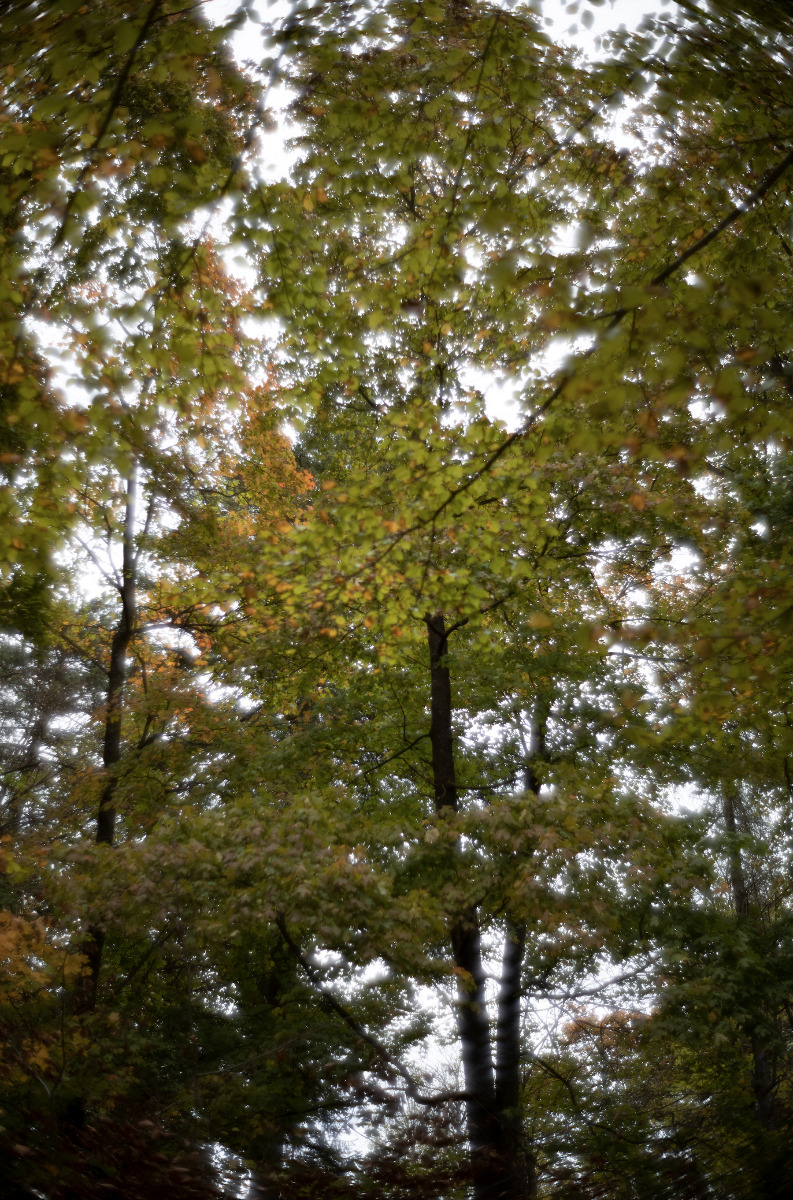
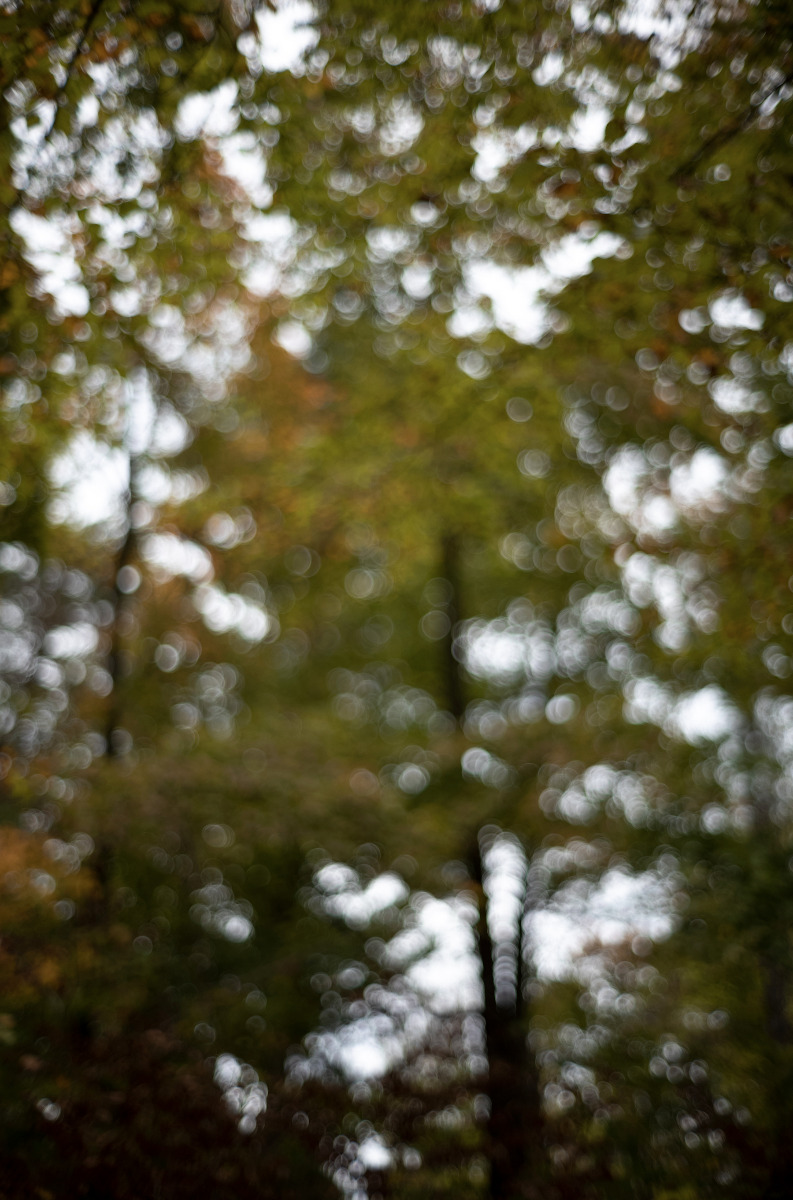
Summilux 1.4/35mm "Steel Rim" at f/1.4 at 1m and infinity
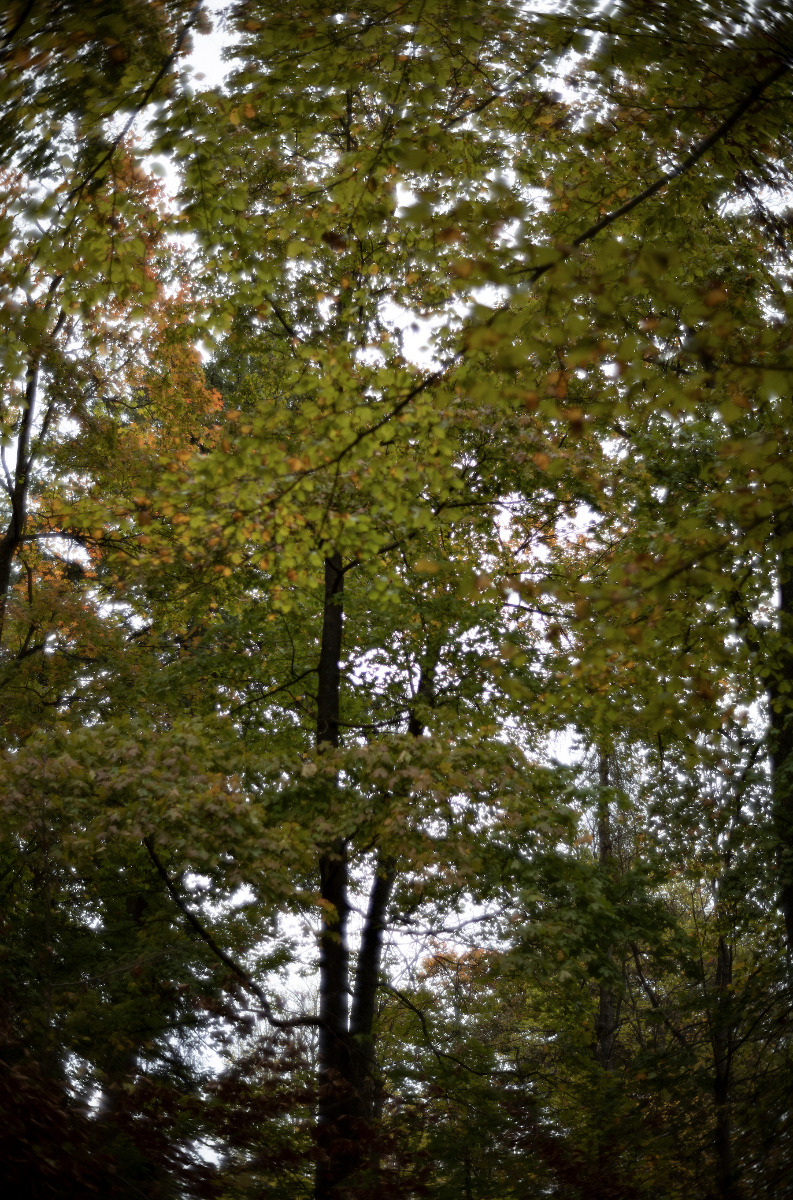
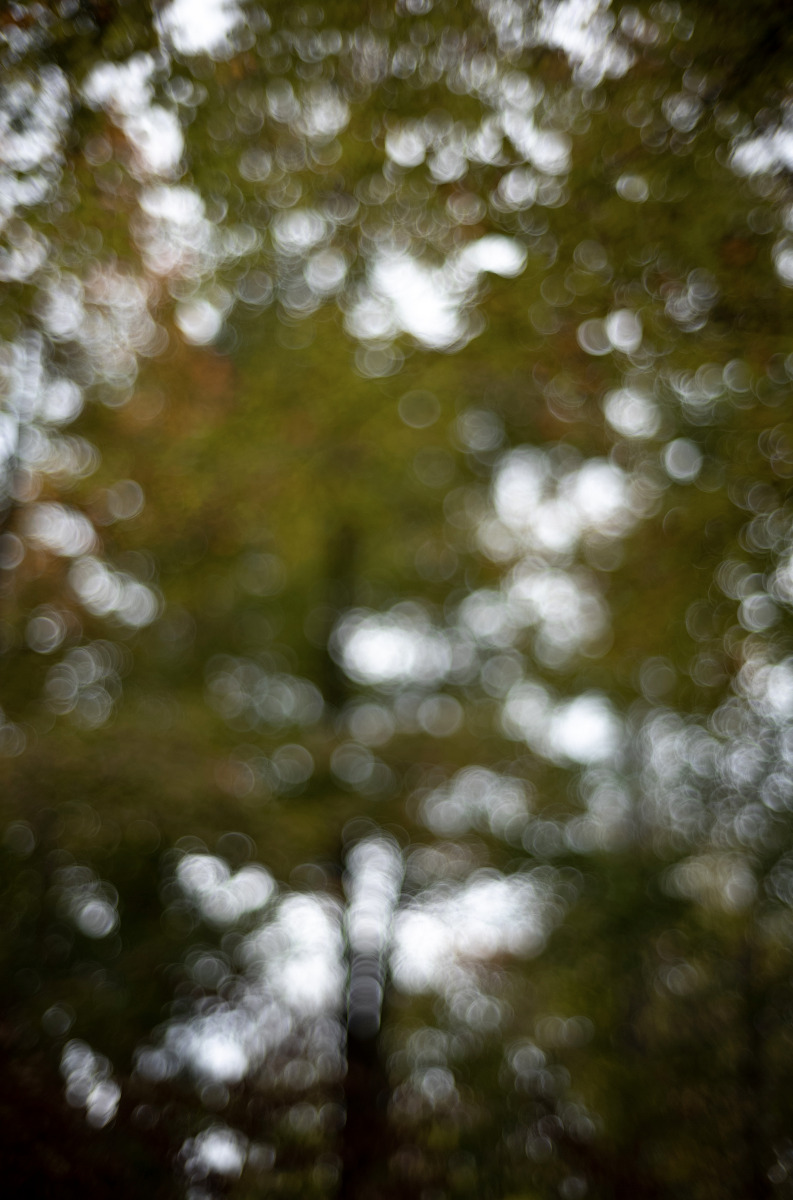
Voigtländer Nokton 1.4/35mm Classic at f/1.4 and f/2.8 at 1m
-
Where to Repair Your Vintage Camera And What to Watch Out For
-
 Meet Us at the 61st Bièvres International Photo Fair – June 7–8, 2025
Meet Us at the 61st Bièvres International Photo Fair – June 7–8, 2025
-
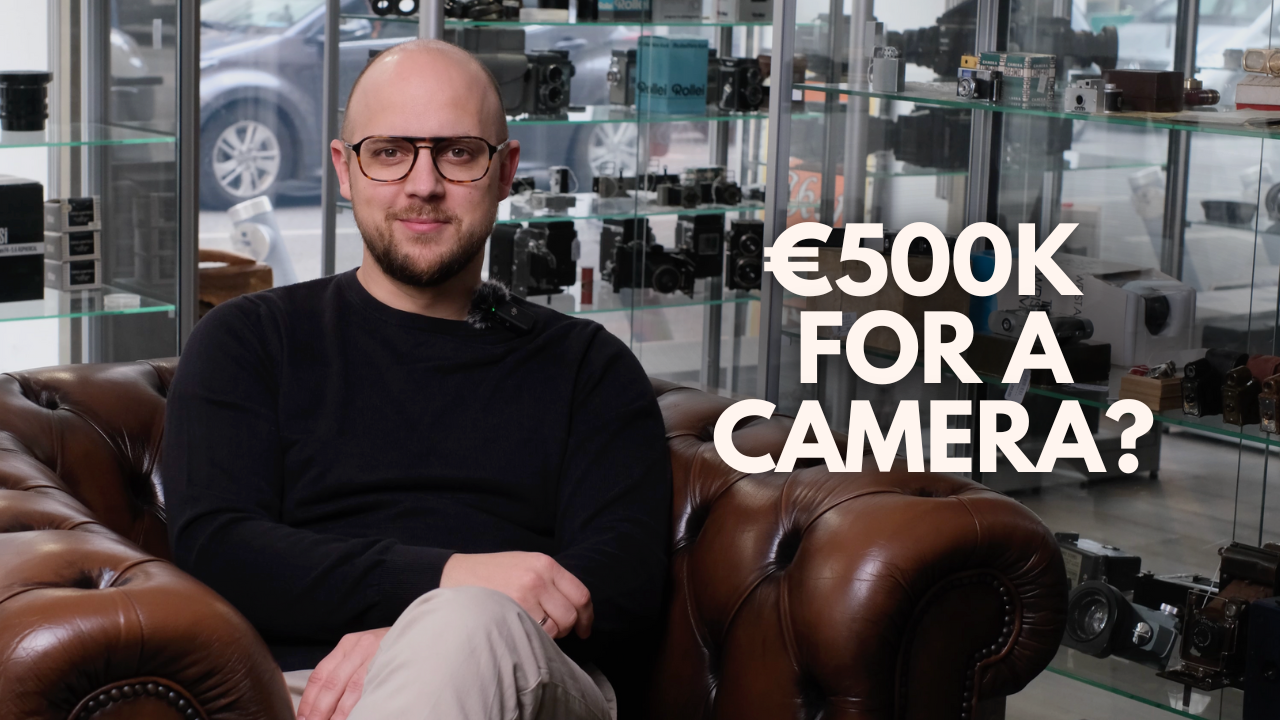 Shocking Bidding Results at Wetzlar Camera Auctions - Jo Geier - Mint & Rare
Shocking Bidding Results at Wetzlar Camera Auctions - Jo Geier - Mint & Rare
-
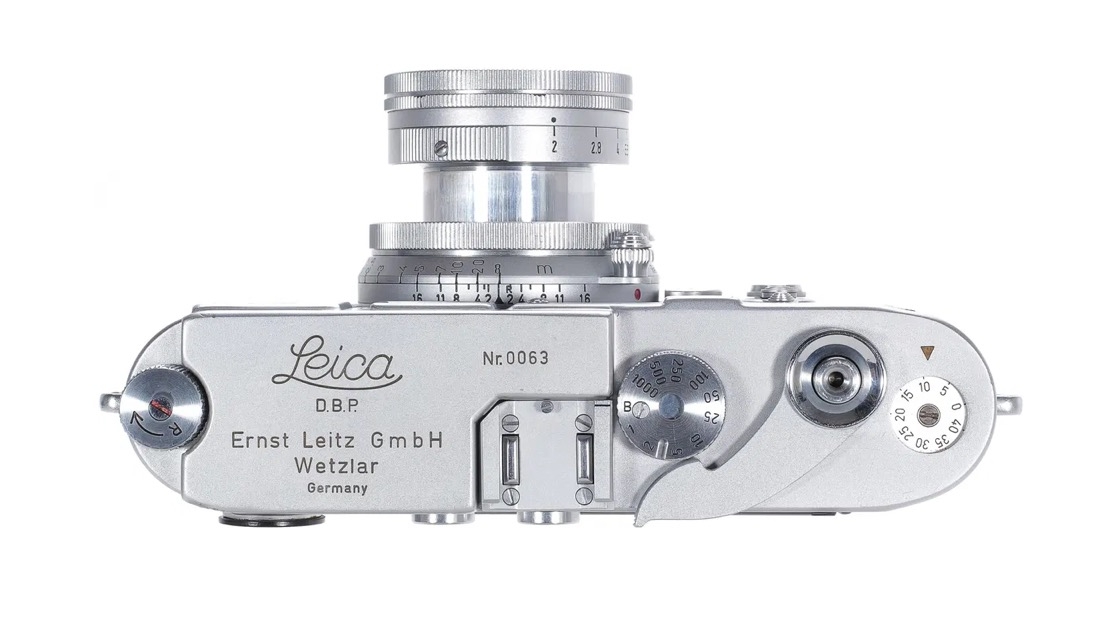 Leica Prototype Cameras & Lenses: Rare Collector’s Guide
Leica Prototype Cameras & Lenses: Rare Collector’s Guide
-
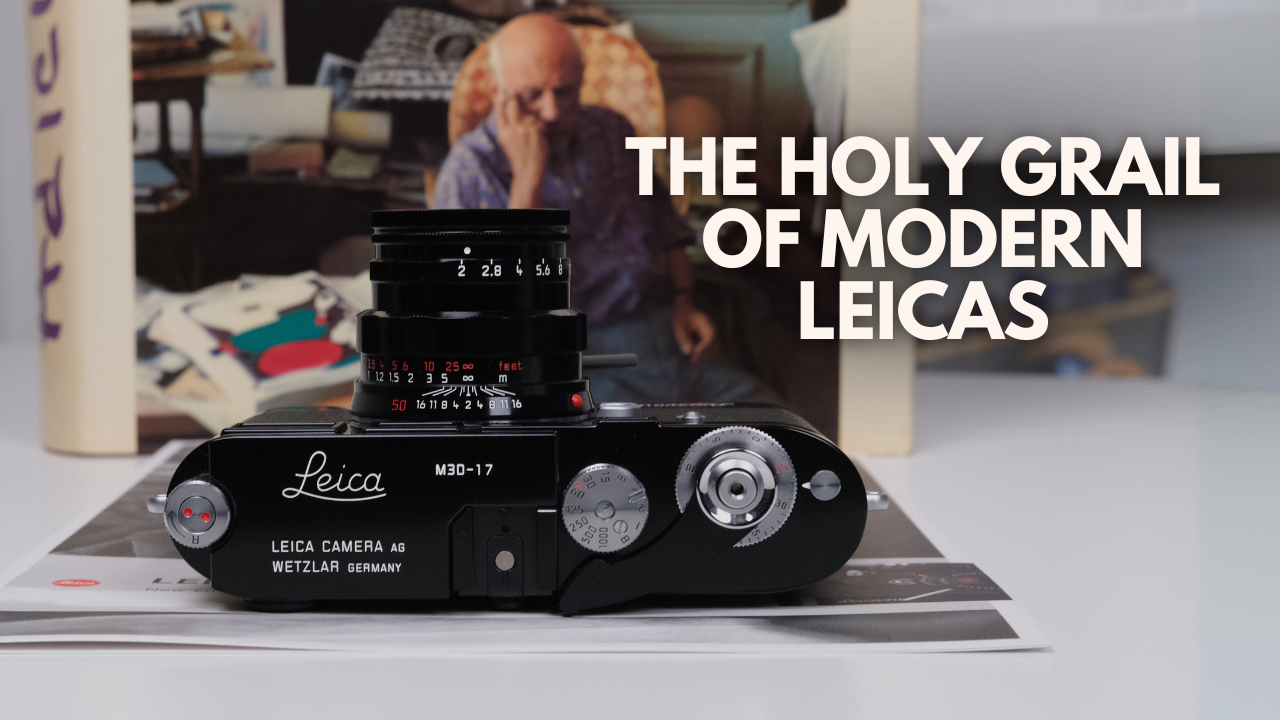 Only 16 Exist: Leica M3D-17 David Douglas Duncan - Jo Geier - Mint & Rare
Only 16 Exist: Leica M3D-17 David Douglas Duncan - Jo Geier - Mint & Rare
